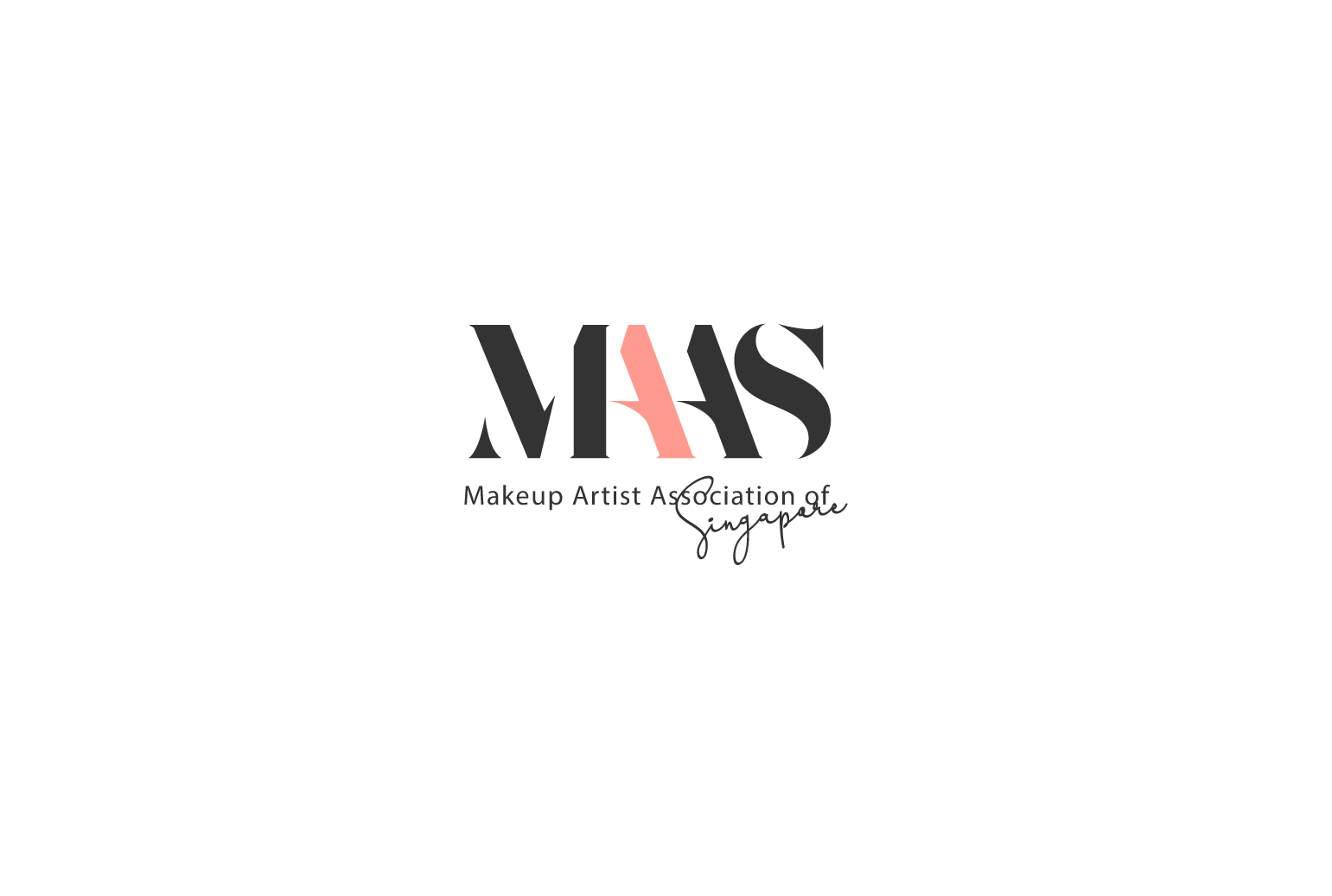The Challenges in Cosmetics Recycling: Paving the Way for a Sustainable Beauty Industry
- MAAS

- Aug 2, 2023
- 3 min read
The beauty and cosmetics industry has experienced exponential growth over the years, catering to our desire to look and feel our best. However, this growth comes at a cost to the environment, as the industry generates a staggering amount of waste. One of the most pressing concerns is the lack of effective cosmetics recycling, leading to environmental pollution and exacerbating the global waste crisis. In this article, we will explore the challenges faced in cosmetics recycling and the potential solutions to create a more sustainable beauty industry.

1. Complex Packaging Designs: Cosmetics packaging often involves a combination of materials like plastic, glass, metal, and sometimes even mirrors or magnets. The intricate and multi-layered designs make it difficult to separate and recycle these materials efficiently. As a result, many cosmetic containers end up in landfills, where they take hundreds of years to decompose.
2. Small Product Sizes: Cosmetics, such as lipstick tubes, mascara wands, and sample containers, are often tiny and lightweight. While this may be convenient for consumers, it poses a challenge for recycling facilities. The small size and lightweight nature of these products make them prone to being lost during the sorting process, leading to further waste.
3. Product Residue Contamination: Cosmetics containers are rarely completely empty when discarded. Product residues, such as leftover creams, lotions, or powders, contaminate the packaging and can render recycling efforts ineffective. To recycle these items successfully, consumers need to clean and rinse the containers thoroughly, which might be overlooked due to a lack of awareness or convenience.
4. Limited Infrastructure: Unlike more common recyclables like paper or plastic bottles, cosmetics recycling lacks a well-established infrastructure in many regions. Recycling facilities may not have the specialized equipment required to process cosmetics packaging effectively. Additionally, collection programs specifically dedicated to cosmetic products are not as prevalent as those for other recyclables.
5. Lack of Consumer Awareness: Many consumers are unaware of the environmental impact of cosmetics packaging or the available recycling options. This lack of awareness leads to a considerable number of cosmetic containers being discarded in regular waste bins, where they end up in landfills or incineration facilities.
6. Brand Initiatives and Regulations: While some beauty brands have taken steps to promote sustainability by using recycled materials or offering recycling programs, there is no standardized approach across the industry. Without stricter regulations or guidelines on packaging and recycling practices, progress toward sustainability remains slow.
Potential Solutions:
Design for Recyclability: Cosmetic brands can take the lead in designing packaging that is more recyclable. Simplifying packaging materials and using mono-materials instead of complex combinations can improve the chances of successful recycling.
Education and Awareness Campaigns: Brands and environmental organizations should collaborate to raise awareness among consumers about the importance of cosmetics recycling. Providing clear instructions on how to properly clean and recycle cosmetic containers can encourage responsible disposal.
Industry Collaboration: The cosmetics industry can work together to establish and support recycling programs dedicated to cosmetics. Collaborative efforts can also include sharing best practices for sustainable packaging and recycling methods.
Government Involvement: Governments can play a crucial role by implementing regulations that encourage eco-friendly packaging and recycling practices. Incentives for brands to adopt sustainable measures and penalties for non-compliance can drive positive change.
In conclusion, cosmetics recycling faces significant challenges due to complex packaging, limited infrastructure, and a lack of consumer awareness. However, by fostering collaboration between brands, consumers, and governments, we can overcome these hurdles and move towards a more sustainable and environmentally responsible beauty industry. Together, we can make a significant impact on reducing cosmetic waste and protecting our planet for future generations.




Comments